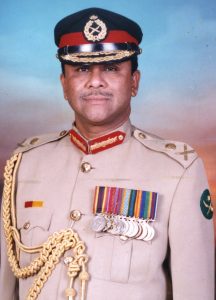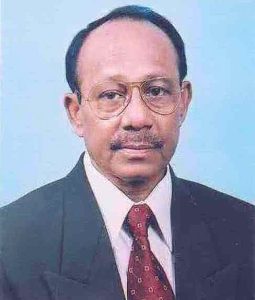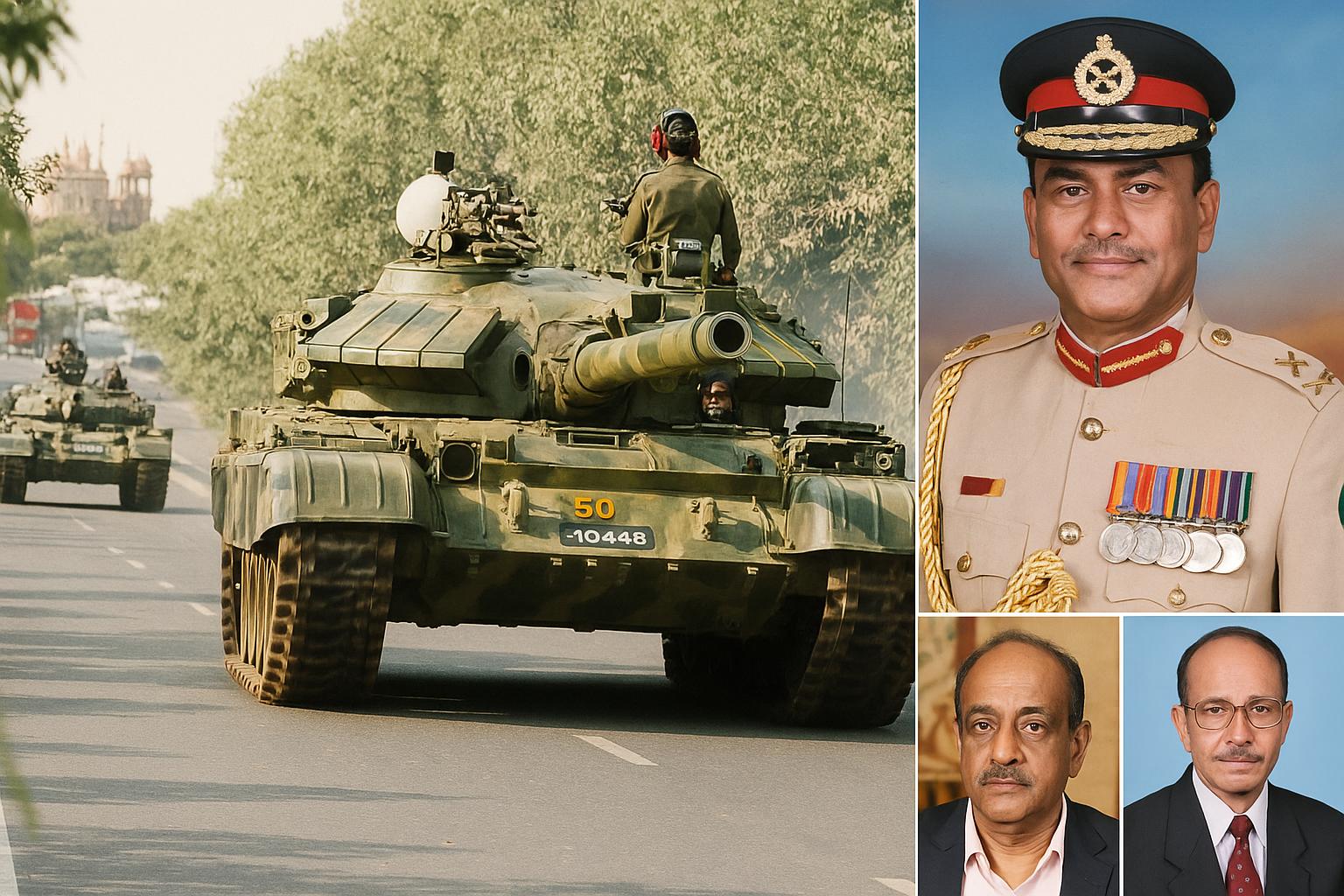Nearly three decades ago…
It was May 1996. A caretaker government had just been formed through the 13th Amendment to the Constitution. Led by Justice Muhammad Habibur Rahman, the government was busy preparing for a free, fair, and inclusive national election scheduled for June 12.
Following a controversial one-party election on February 15, the sixth parliament hastily passed the caretaker government bill.
Under this amendment, the Ministry of Defence was placed under the authority of the President during the election period. At the time, Abdur Rahman Biswas, backed by the BNP, served as President. In that role, he also held the position of Supreme Commander of the Armed Forces.

Lieutenant General Abu Saleh Mohammad Nasim, who had been appointed Army Chief two years earlier during Prime Minister Khaleda Zia’s tenure, was still serving in that role.
Tensions began to surface between the President and the Army Chief during the election period.
Two senior officers close to Nasim—GOC of Bogura Major General G.H. Murshed Khan and BMA Commandant Brigadier General Miron Hamidur Rahman—openly defied the President’s authority, an act considered a breach of military discipline.
As political tensions peaked nationwide in third week of May, a shadow conflict emerged within the military.
A covert plan for a potential coup was underway—one that, if successful, could have derailed the caretaker government’s ability to hold a neutral election.
On May 18, President Biswas ordered the retirement of the two defiant officers. Army Headquarters requested a reversal of the decision, but the President refused.
The next day, tensions escalated between Army Headquarters and Bangabhaban (the presidential palace).
In response to the President’s order, Army Chief Nasim instructed several army units to march toward Dhaka. Troops from the Bogura, Jashore, and Mymensingh cantonments began advancing toward the capital—effectively a “March on Dhaka.”
By dawn on May 19, Dhaka was gripped by panic. Rumours swirled that the army intended to seize Bangabhaban and the state media.

At that critical moment, Major General Imamuzzaman, GOC of the 9th Infantry Division, took a stand.
He set up barricades at entry points from Savar and Gazipur to stop the advancing units. Soon after, cantonments in Cumilla and Chattogram also refused to follow the Army Chief’s orders.
These actions by three key cantonments revealed a split within the army.
Dhaka was caught in a siege-like standoff—without any actual fighting.
By the morning of May 20, Nasim’s plan had failed. He was placed under house arrest, and the army’s chain of command was restored.
Later, GOC Imamuzzaman stated that his actions were motivated by a sense of duty and patriotism.
“An army chief cannot drag the entire force into personal disputes,” in his words.
On May 21, troops loyal to the President took control.
Seven officers, including Nasim, were arrested. Lieutenant General Mahbubur Rahman was appointed the new army chief.
A military tribunal was soon established.
Disciplinary actions were taken against 15 officers—seven were dismissed, and eight were sent into forced retirement. Among them were Major Generals Helal Murshed Khan, Ain Uddin, and Syed Muhammad Ibrahim, as well as Brigadier Generals Miron Hamidur Rahman and Azizul Haque.
Charges of treason were brought against Nasim and his associates. The military, through this action, demonstrated its loyalty to the Constitution and democracy.
On June 12, under the caretaker government, elections were held and the Awami League returned to power after 21 years. The new government later exonerated several of the accused officers.
In October, General Nasim submitted an appeal to Prime Minister Sheikh Hasina for reinstatement, claiming that former PM Khaleda Zia had asked for his help during the election.
This claim was refuted by then-DGFI chief Major General M.A. Matin. He said Nasim’s attempted coup stemmed from personal ambition, and Khaleda Zia never asked for his assistance.

Nasim, for his part, argued that he had only tried to protect the army’s chain of command. The President’s camp, however, accused Nasim of deliberately deploying troops as part of a power grab.
Matin further alleged that in December 1995, Nasim had discussed seizing power during a conference with force commanders.
In his memoir, Lieutenant General Nasim countered that it was Matin who had said, “We may have to take charge of the country.” Nasim responded, “We are not politicians; the people haven’t given us that mandate.”
Ultimately, Nasim described the entire event as a conspiracy by the President to break the military chain of command. He claimed the President intended to declare a state of emergency and revive the February 15 Parliament.
Nasim wrote that he was compelled to mobilise forces in Dhaka to counter the President’s illegal interference and rebellious behaviour of certain officers.
However, most of the army did not agree with Nasim’s justification.


